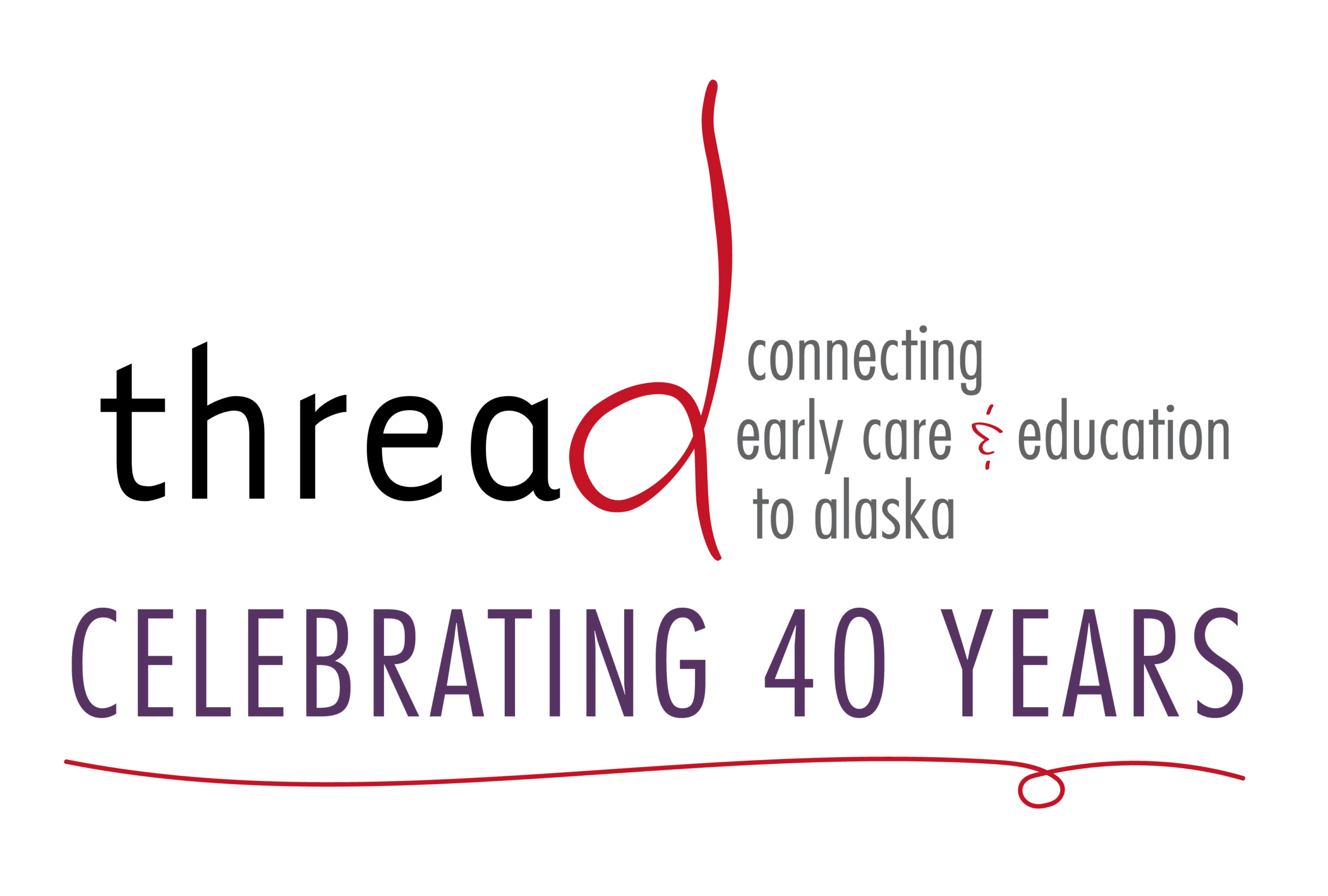Halloween is right around the corner, and the search is on for the perfect costume. But commercial Halloween costumes are often predetermined and very specific in their design. The costume already comes with all the pieces, leaving little to allow the child to use her imagination and creativity in developing a costume. How can you support your child’s development with dress-up?
 Dressing up and dramatic play is actually an important part of learning in early childhood. What is dramatic play, exactly? Marie E. Cecchini, MS, defines dramatic play as “a type of play where children accept and assign roles, and then act them out. It is a time when they break through the walls of reality, pretend to be someone or something different from themselves, and dramatize situations and actions to go along with the roles they have chosen to play. And while this type of play may be viewed as frivolous by some, it remains an integral part of the developmental learning process by allowing children to develop skills in such areas as abstract thinking, literacy, math, and social studies, in a timely, natural manner.”
Dressing up and dramatic play is actually an important part of learning in early childhood. What is dramatic play, exactly? Marie E. Cecchini, MS, defines dramatic play as “a type of play where children accept and assign roles, and then act them out. It is a time when they break through the walls of reality, pretend to be someone or something different from themselves, and dramatize situations and actions to go along with the roles they have chosen to play. And while this type of play may be viewed as frivolous by some, it remains an integral part of the developmental learning process by allowing children to develop skills in such areas as abstract thinking, literacy, math, and social studies, in a timely, natural manner.”
In other words, pretending is a healthy way for your child to explore, grow, and develop. Young children enjoy using dress-up clothes and props, such as a fire fighter helmet or a tea set, to help them enact a role. Give your child plenty of opportunities to choose his own costumes, contribute his own ideas, and use his imagination and the resources you have on hand.
Does your child want to be a superhero? Let your child use her creativity and imagination to find objects around the house, such as a blanket that can be worn as a cape. Or use recycled materials to create a piece of the costume, such as turning a paper towel tube into a fire hose. The process of creating the costume is just as important as wearing it.

